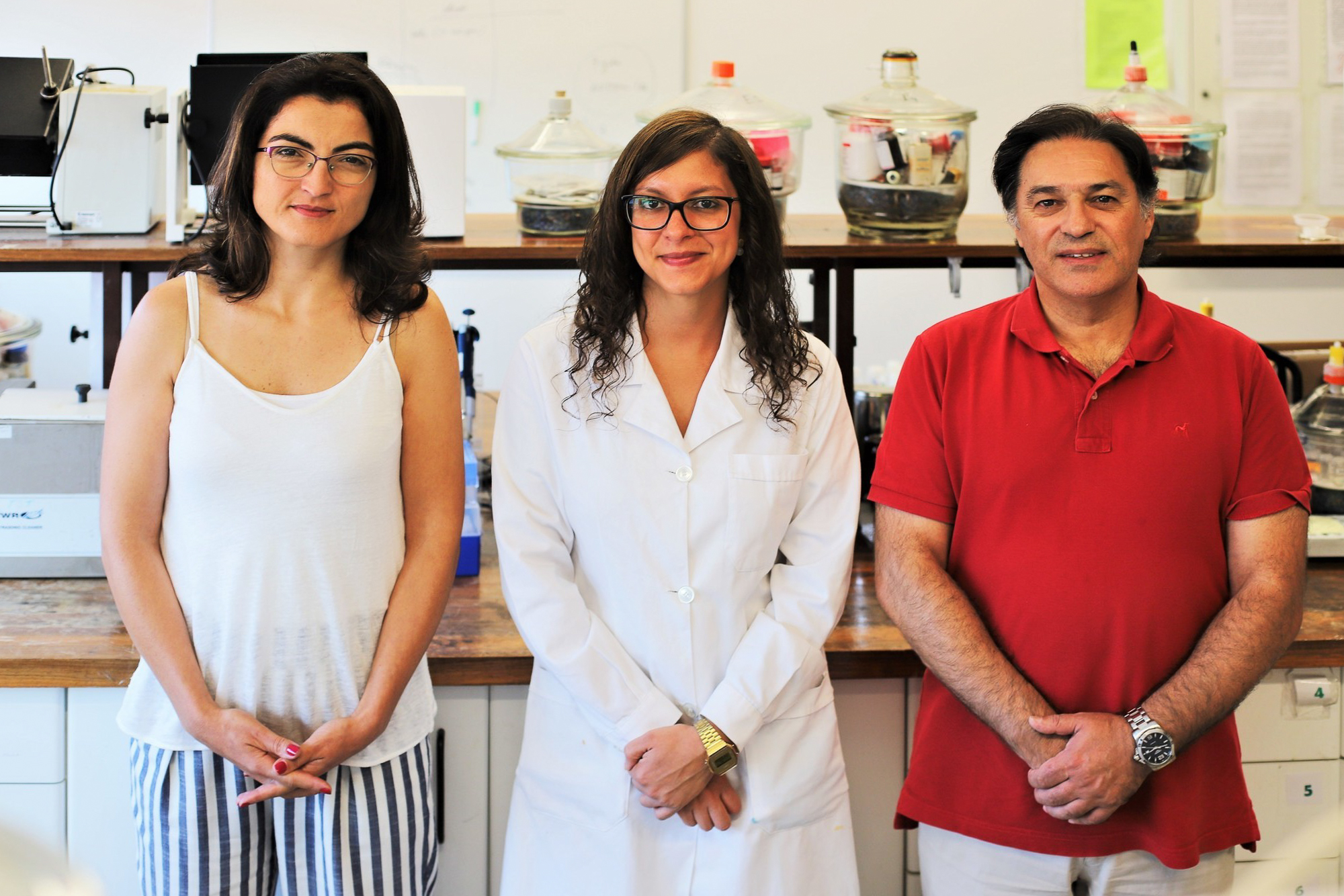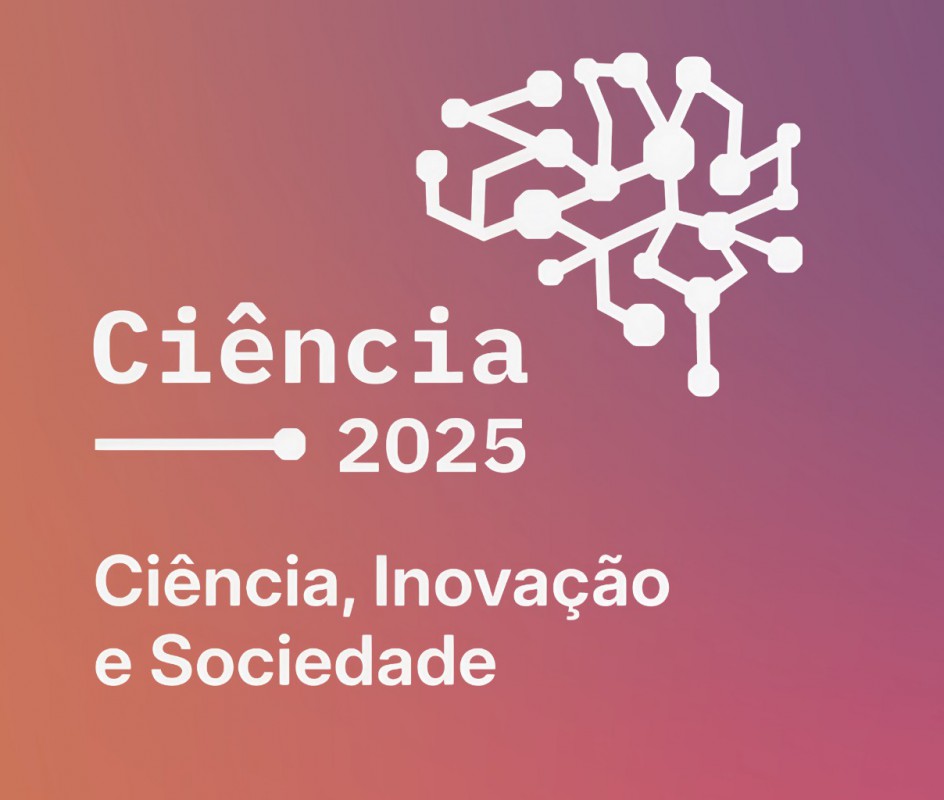
Biopolymers extracted from natural sources, such as algae that are abundant on the national coast, can be huge allies in the removal of water pollutants. A researchers team from CICECO/University of Aveiro (UA) has shown that nanomaterials prepared from these biopolymers can remove from water antibiotics and other pharmaceuticals, herbicides and even organic dyes used by industry, pollutants that are difficult to eliminate by the wastewater treatment plants.
The secret of these adsorbents is their very small size, less than 100 nanometers, which allows a high contact area with water, combined with the polysaccharides present in their composition, which come from algae. In addition to polysaccharides, the nanoadsorbents are also composed by an iron oxide (magnetite) crumb that gives them magnetic characteristics and silica which has the role of binding the ingredients together and making the materials insoluble in water. These are the fundamental ingredients of magnetic nanoadsorbents developed and patented by a team of researchers from the UA Department of Chemistry (DQ) and CICECO-Institute of Materials of Aveiro, one of the research units of the Academy of Aveiro.
Huge Removal Effectiveness
 Among the various pollutants studied is the antibiotic ciprofloxacin which is used to treat a wide spectrum of infections.
Among the various pollutants studied is the antibiotic ciprofloxacin which is used to treat a wide spectrum of infections.
“This antibiotic can be found in wastewater due to improper disposal of unused drugs or incomplete metabolism of this drug in humans,” explains Sofia Soares, a doctoral program student in Nanosciences and Nanotechnology, supervised by researchers Ana Luísa Daniel da Silva and Tito Trindade.
CICECO synthesized nanoadsorbents have a removal efficiency from 30 to 90 % for this antibiotic. Quantitatively, the researchers explain, "up to 1350 milligrams of ciprofloxacin can be removed using 1 gram of adsorbent."
Because they are magnetic, adsorbents can be easily and quickly separated from treated water. Also, they are prepared from naturally occurring polysaccharides that provide a diversity of functional groups enabling the removal of a wide variety of contaminants. Another great advantage of these nanoadsorbents is that they are reusable."These adsorbents can be regenerated and reused for an added economic advantage and also to assess the environmental impact in collaboration with experts in the field," say the researchers.
With the patenting of the method of preparation of these adsorbents, the researchers point out, "Some companies have already shown interest and are testing these materials to remove different contaminants in various contexts."
Related Articles
We use cookies for marketing activities and to offer you a better experience. By clicking “Accept Cookies” you agree with our cookie policy. Read about how we use cookies by clicking "Privacy and Cookie Policy".













